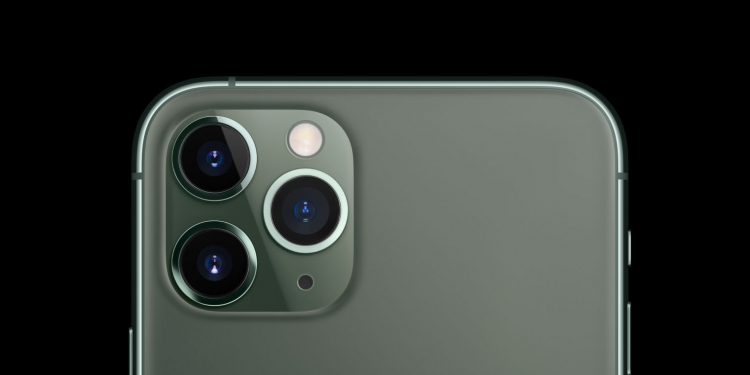Apple has announced its latest flagship smartphone duo with the iPhone 11 Pro and iPhone 11 Pro Max. These are the successors of the iPhone XS and XS Max which are now discontinued from Apple’s online store.
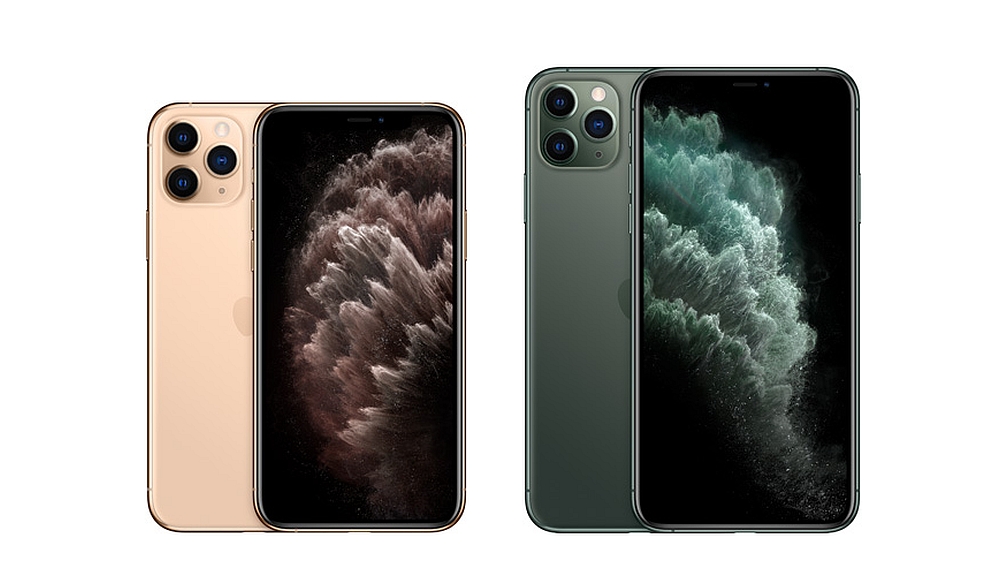
In terms of design, the front looks similar as before with Apple’s signature notch while the rear gets a new glass that has a textured matte finish. The entire back uses a single sheet of glass for a more seamless appearance.
Obviously the standout design element is its new triple-camera system that’s arranged in a very peculiar way. This is a clear way to tell if an iPhone is a Pro and nothing else. In terms of dimensions, the new devices are negligibly thicker, wider and taller, and they are slightly heavier too up to 18grams more when comparing the XS Max to the 11 Pro Max.
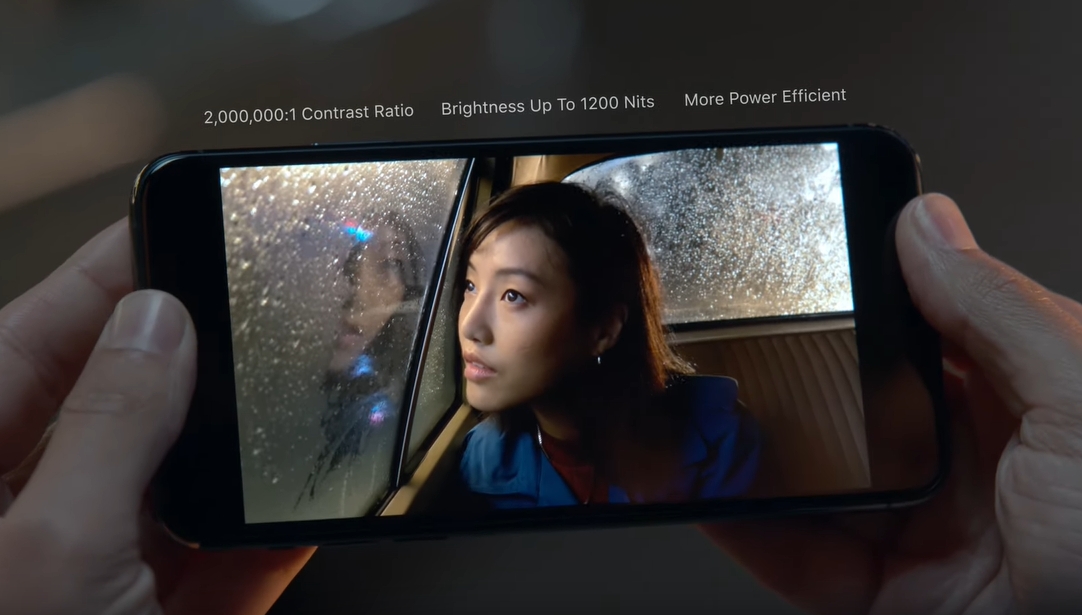
As expected, the iPhone 11 Pro gets a 5.8″ display while the Pro Max model gets a larger 6.5″ display. The screen resolution remains unchanged from their predecessors with the same pixel density of 458ppi. However, the Pro devices now get a better OLED screen with a higher 2,000,000:1 contrast ratio and 1,200 nits peak brightness. With these improvements, they are calling the new display Super Retina XDR. If you’re a big fan of 3D Touch, unfortunately, Apple has replaced it with Haptic Touch that is activated by long presses instead of pressure sensitivity.
The awesome stereo speakers from the XS are now improved with spatial audio playback with Dolby Atmos support. This promises to offer a more immersive audio experience with 3D surround effect.
Powering the latest iPhone models is Apple’s new A13 Bionic chip with 3rd generation Neural engine. Apple claims that it’s the fastest CPU and GPU in a smartphone with 20% faster performance and uses up to 40% less power. Its new Neural engine that drives the triple-camera setup, Face ID and AR applications also claim to offer faster performance with less power required.
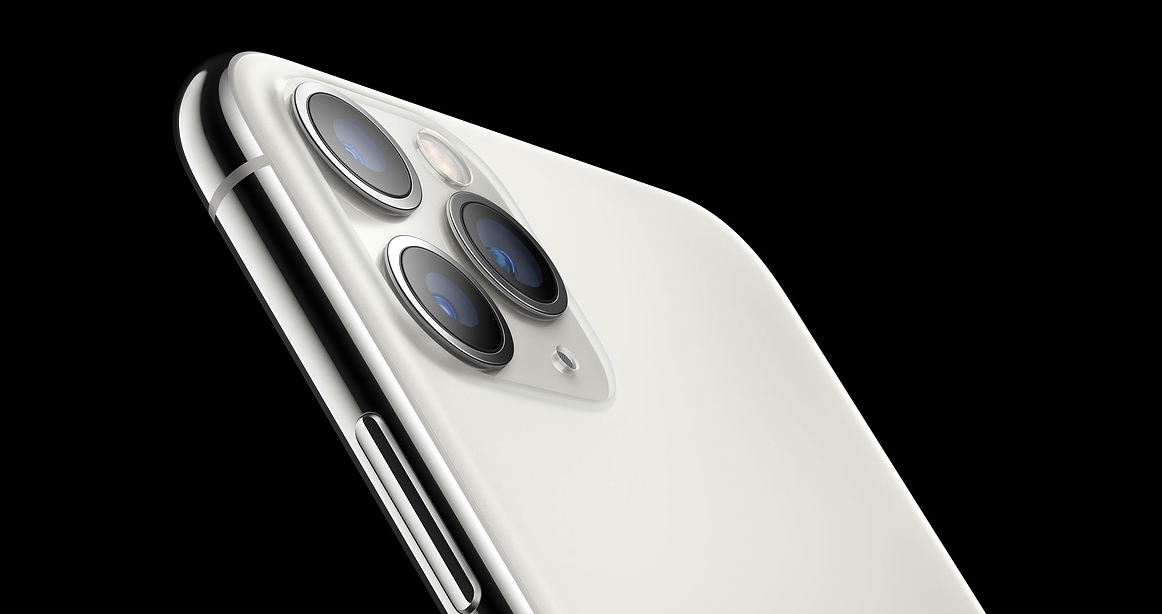
Just as the industry is moving towards quad-cameras, Apple is finally going for a triple-camera array that’s actually quite clever. It comes with a 12MP f/1.8 wide camera for all of your normal shots and a 12MP telephoto camera that now comes with a faster f/2.0 aperture and it still does 2X optical zoom. The third camera is a 12MP f/2.4 ultra-wide-angle lens that offers a 120-degree field of view. Apple calls its ultra-wide-angle mode “2x optical zoom out” as it provides 4x more scene. As usual, both main and telephoto cameras have optical image stabilisation, while the LED flash has been improved with Brighter True Tone flash with slow sync.
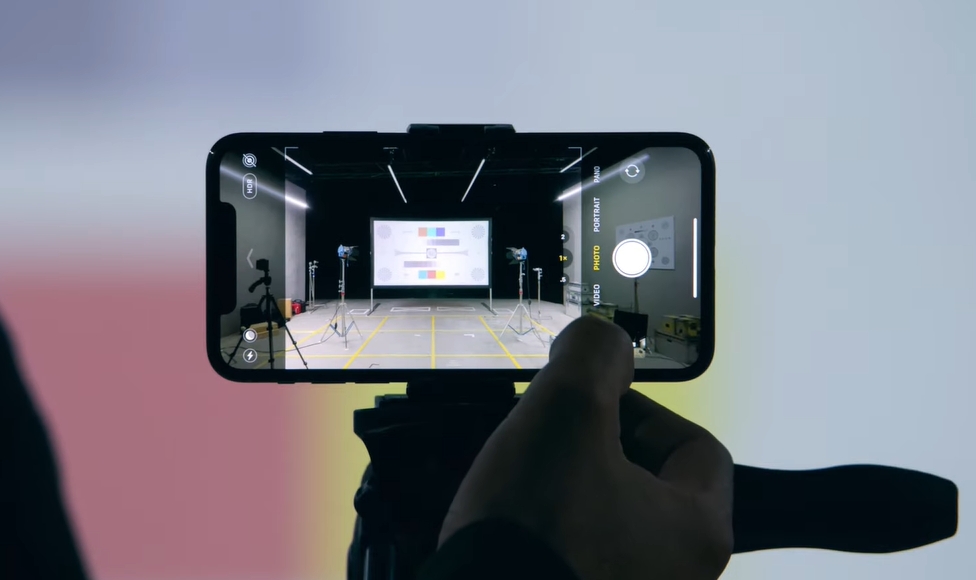
For the Pro models, you also get a new camera app that has a new font. When you’re in normal and telephoto mode, the Pro camera app uses the ultra-wide-angle camera to show what’s happening outside the frame.
Unlike most multi-camera setup that typically varies in white balance and exposure, Apple has gone the extra mile to ensure all three shooters offer the same characteristics. They had calibrated each camera to match the white balance and then further calibrate them again for module-to-module alignment. On top of that, it also uses computational power to take raw images from all three cameras and process them to achieve a consistent look and colour. The goal is to offer a triple-camera setup that doesn’t feel like you’re having three cameras.

Finally, Apple is introducing night mode for its camera which uses processing power and intelligent software. The mode switches on when it’s needed and it captures multiple images in the background while being stabilised by OIS. In the video department, it still shoots 4K at 60fps and now it can also shoot 4K HDR videos up to 60fps.
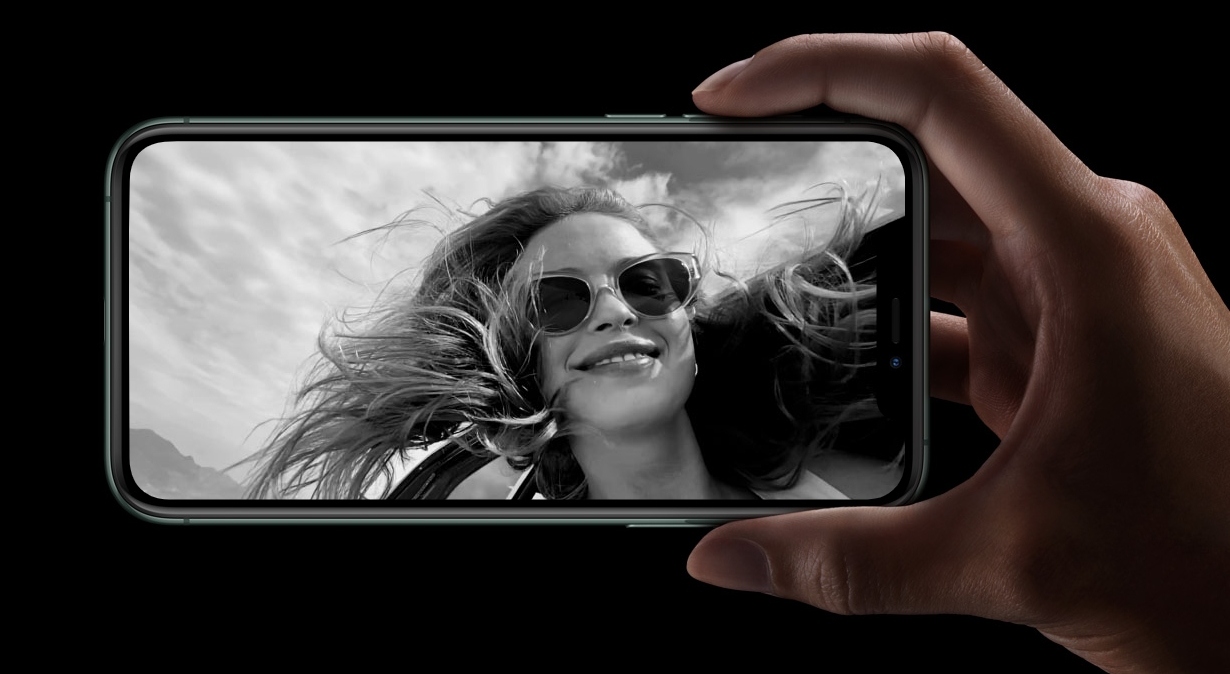
For selfies, Apple is finally going double-digits with a 12MP f/2.2 front camera. The significant upgrade is its ability to record 4K selfie videos up to 60fps and you can now shoot slow-mo videos with the front camera which is also introduced as a slofie.
In terms of connectivity, it supports Gigabit LTE up to 1.6Gbps as well as the latest WiFi 6 for faster wireless connectivity. The device also offers dual-sim connectivity via eSIM. Interestingly, the device still gets an IP68-rating but it can now be submerged up to 4 metres deep for up to 30 minutes.
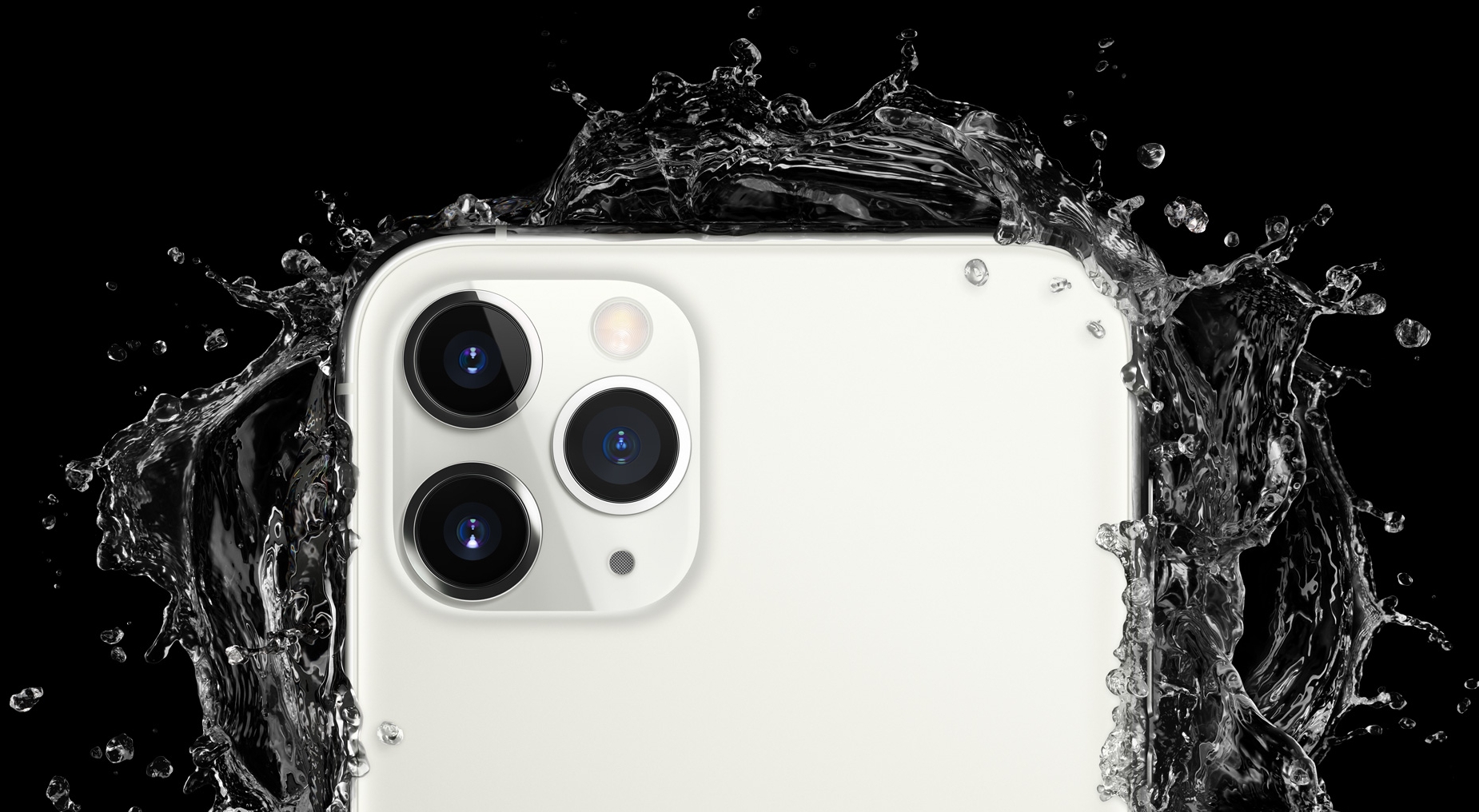
The latest iPhone duo also boasts significantly longer battery life compared to its predecessors. The smaller Pro model is rated to last up to 4 hours longer than the iPhone XS while the Pro Max is rated to last up to 5 hours longer than the XS Max, which Apple says is the longest battery life in an iPhone. Qi Wireless charging is still supported but it still doesn’t support reverse wireless charging.
Similar to the previous generation, the devices can support fast charging and finally, Apple is bundling an 18W USB-C fast charger instead of a slow 5W brick. You can get a 50% charge in just 30-minutes with the new charger. Also included is a USB-C to lightning cable and a pair of earpods with lightning connector.
The iPhone 11 Pro series is coming to Malaysia on the 27th September and this is the fastest rollout yet for our local market. Although we are still not in the first wave, the Malaysian official availability is just a week after the US and Singapore. The iPhone 11 Pro and Pro Max are sold in Midnight Green, Silver, Space Grey and Gold.
Below is the official Apple Malaysia pricing:
iPhone 11 Pro
64GB – RM4,899
256GB – RM5,599
512GB – RM6,499iPhone 11 Pro Max
64GB – RM5,299
256GB – RM5,999
512GB – RM6,899

